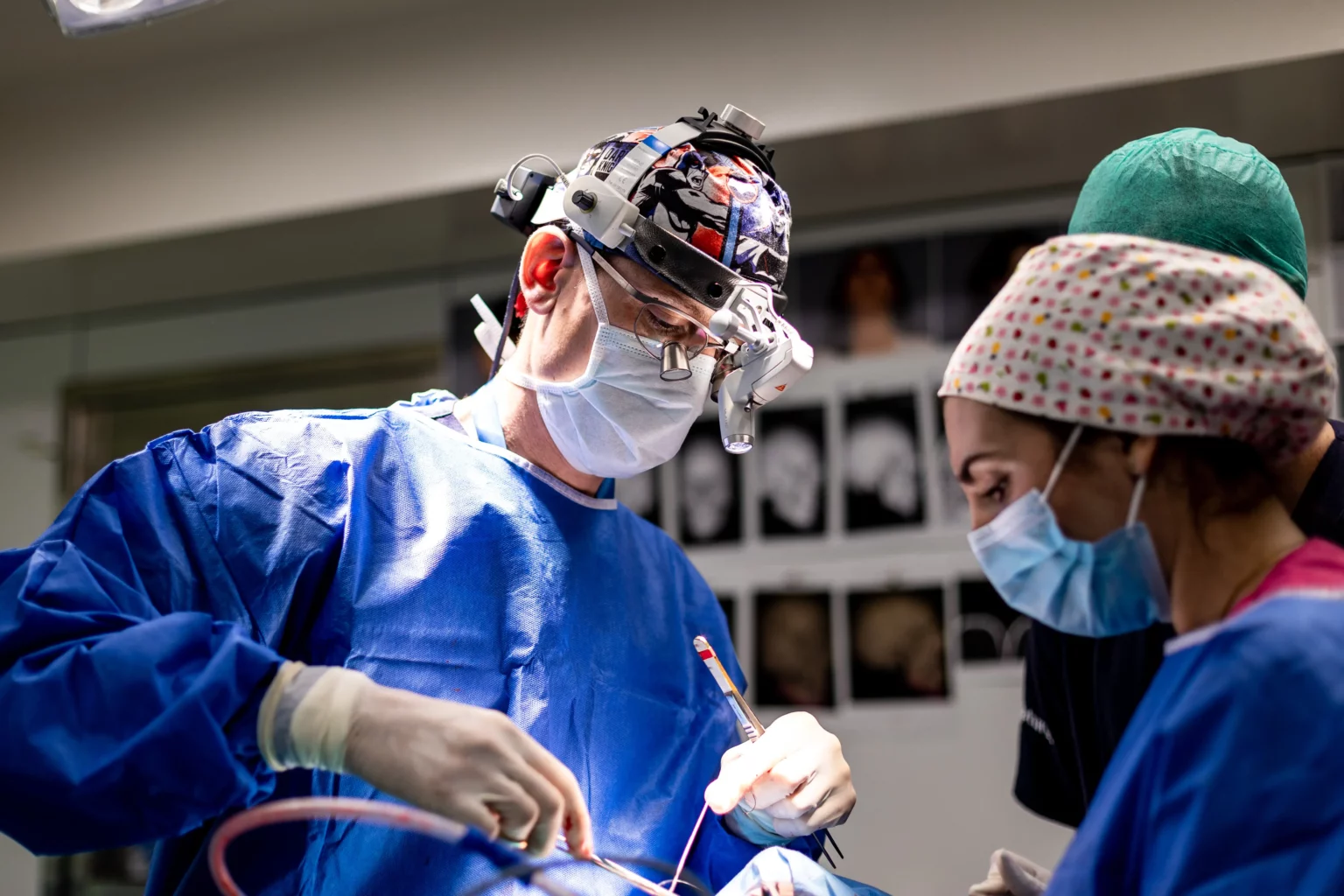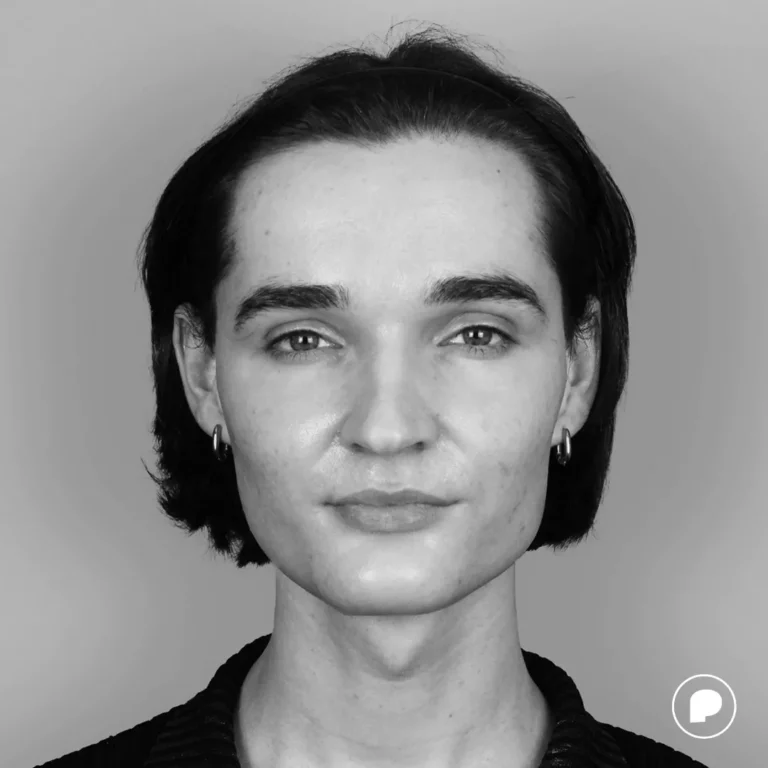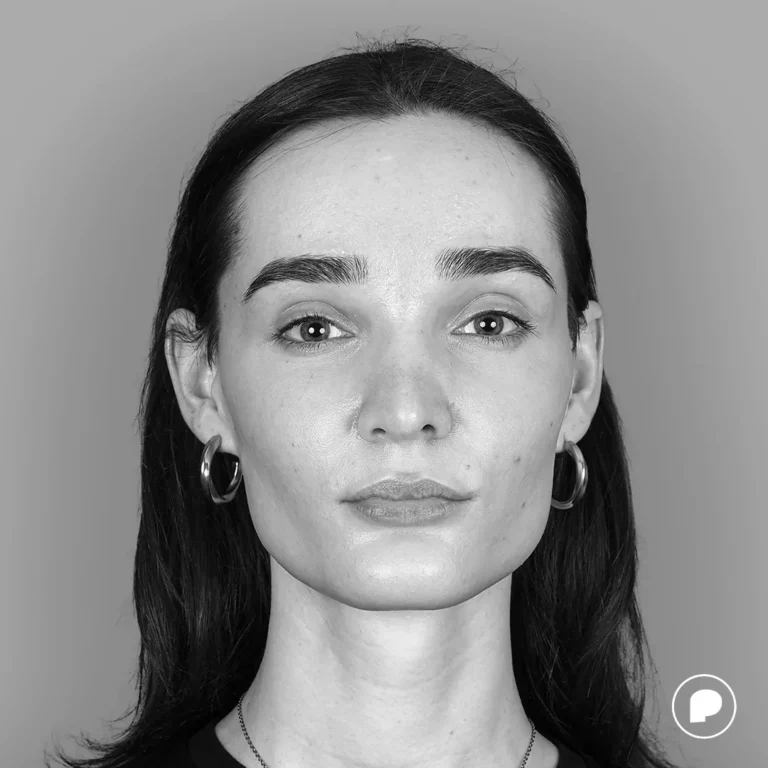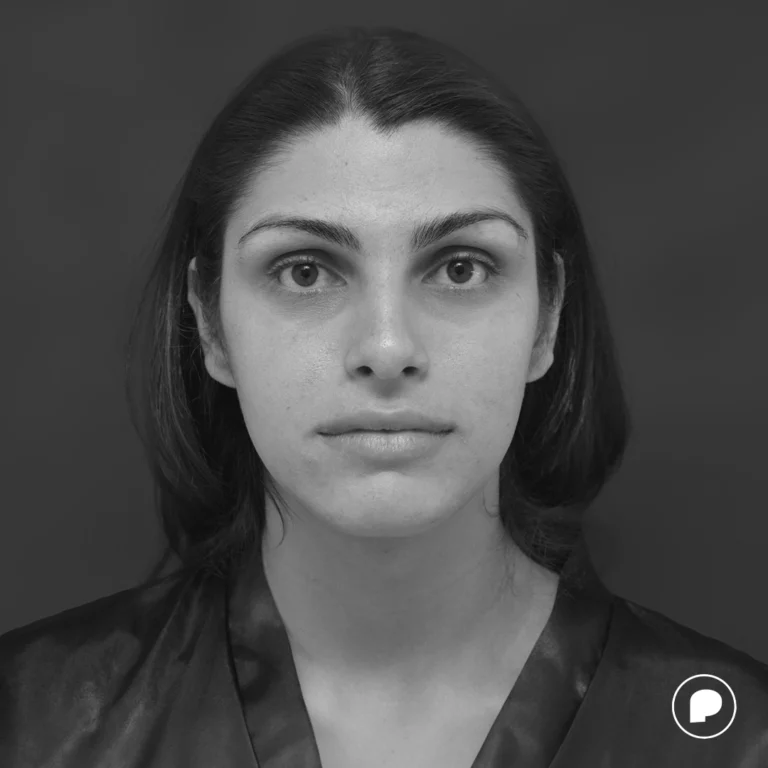
Facial Bone Surgery vs Aesthetic Surgery: Complete Guide
You have finally decided to change a facial feature that you are not happy with and understanding the difference between Facial Bone Surgery (FBS) and Plastic Surgery is crucial for a proper outcome. Let us explore the nuances of each and guide you through the correct decision-making process.
When is Facial Bone Surgery indicated?
Facial Bone Surgery is usually recommended when there is a defect in the formation or development of the bones that make up our face. It can affect children, adolescents, or adults and is primarily associated with facial deformities or disharmonies such as:
- Asymmetry
- Excess Bone Development
- Defects in Bone Development
Facial Bone Surgery is also performed when there is an external factor that modifies bone shape, such as facial tumors, traumas (fractures), or previous surgeries. In summary, Facial Bone Surgery is indicated for anything that causes a lack of harmony or proportionality at a facial bone level.
An example of this is FOREContour®, a pioneering facial bone surgery technique that pays exceptional attention to detail to create natural symmetry and smoothness in the forehead area.
When is Aesthetic Surgery indicated?
Aesthetic Surgery addresses all the “layers” that make up our face and are different from bone. It usually involves modifications in:
- Skin
- Subcutaneous Tissue
- Fascias
- Fat
- Muscle
The primary objective is to modify their appearance and/or position, either through removal techniques, lifting-suspension, or mobilization. Therefore, these surgeries are performed to:
- Compensate or camouflage deeper (bone) defects without altering facial structure.
- Address functional alterations (e.g., facial paralysis).
- Rejuvenation and/or beautification techniques.
Who Can Perform Each Surgery?
As mentioned earlier, distinguishing between these surgeries is not easy. Traditionally, plastic surgeons have been the go-to reference for facial procedures, especially if the changes are aesthetically motivated. On the other hand, for functional modifications, otolaryngologists, ophthalmologists, or maxillofacial surgeons have taken the lead.
However, this is not an accurate reflection of the current reality. Let’s analyze the factors contributing to this confusion and explain why we believe all the aforementioned specialists could perform any type of facial surgery if they have the necessary skills, training, and specialization.
Credentials
The main difference lies in the credentials obtained. In the United States, the Oral and Maxillofacial Surgery (OMFS) specialty is obtained from Dentistry, requiring:
- Undergraduate (2-4 years)
- Dental Degree studies (4 years)
- Specialization (2-4 years)
- Alternatively, some centers allow pursuing a Medical Degree with an additional 2 years of study
In Europe, it is a subspecialty accessed through Medicine, involving:
- University access after completing secondary education at 18, followed by 6 years of undergraduate studies
- Specialty access exam (1-2 years of preparation)
- Completing OMFS specialization (5 years)
- Some countries may also require dual “Dentistry and Medicine” degrees, adding 4-5 more years
For Plastic Surgery in the United States, the requirements include:
- Bachelor’s Degree (4 years)
- Medical School (4 years)
- Residency in the Specialty (5-6 years)
- Board Certification, which is not mandatory but recommended (1 year)
In Europe, Plastic Surgery specialization is accessed through:
- Medicine degree (6 years)
- Preparation for specialty access (1-2 years)
- Plastic Surgery specialization (usually 5 years)
- Board Certification is also recommended but not mandatory in Europe
Competencies
This is where differences become more apparent depending on the geographical location.
In the U.S., an oral and maxillofacial surgeon deals with all oral surgery and bone surgery of the maxillofacial complex (mainly orthognathic surgery).
On the other hand, a traditional European maxillofacial surgeon would resemble an American head & neck surgeon, specializing in oncological, craniofacial, and traumatic surgery of the head and neck.
There are not as many differences between American and European plastic surgeons. They typically handle reconstruction after oncological or traumatic resection of different body areas. Additionally, managing burned patients is common among plastic surgeons, and some choose to specialize in aesthetic surgery (either facial or body).
Controversy
As we can see, there are overlapping areas of maxillofacial surgery with other specialties:
- Surgery of the Eye Adnexa (Oculoplastic Ophthalmologist)
- Treatment of Nose and Ear Malformations (Otolaryngologist)
- Facial Aesthetics (Plastic Surgeon)
These points are always subject to debate among specialists regarding who is the ideal surgeon for each region.
The reality is quite different. It depends not so much on the originating degree but on the skills, training, and demonstrated experience of the specialist in question to perform a specific intervention. Here’s an example:
Who would you prefer to operate on your nose for aesthetic purposes?
- A plastic surgeon who regularly performs breast surgery and occasionally does a nose job just because they are a plastic surgeon?
- An ENT or maxillofacial surgeon exclusively dedicated to rhinoplasty?
In essence, it is a protectionist spirit inherent to each medical society. We agree on combating intrusion when it involves an individual with an unaccredited degree or a specialty that is not competent in the area (e.g., a cardiovascular surgeon performing liposculpture).
However, within specialties with common training and competencies, this controversy is not applicable.
Collaboration: Elevating Surgical Expertise
In our pursuit of excellence, we advocate for highly specialized and transparent multidisciplinary work to achieve the best outcomes for our patients. A singular surgeon shouldn’t undertake all procedures on a patient in a single day.
Thus, our approach involves bone surgery specialists initiating structural changes when necessary, followed by soft tissue adjustments to align with the new reality, each handled by specialists in their respective procedures.
This collaborative approach is commonplace in surgeries like:
- Contouring the mandibular region combined with cervicofacial lifting
- Frontal region remodeling paired with a simultaneous hair transplant
- Orthognathic surgery in conjunction with rhinoplasty
We believe that the combined efforts of different specialists, strategically aligned by regions, epitomize what Skullpture represents.
Distinctive Characteristics of Each Surgery
In broad strokes, bone surgery delves deep, altering the foundational structure upon which the rest of the tissues rest. Harmonizing it involves significant external changes, resulting in a noticeable enhancement effect. This also implies greater longevity over time.
As of today, the majority of these surgeries are conducted through concealed scars. Working on bone tissue is predictable with current technology. Specific software for each procedure enables pre-surgery planning on a computer, anticipating any eventualities. This planning translates into a surgical guide, facilitating the transfer of virtual plans to the operating room with maximum safety and precision.
Soft tissue surgery, on the other hand, is less predictable. Working on different soft tissues, it relies heavily on the quality of each patient’s individual healing, lacking reliable software to seamlessly translate virtual surgery into reality. This doesn’t mean these surgeries are an art form; their techniques are highly standardized, and technology allows the identification of any anatomical issues before surgery. However, it does require a high degree of specialization and experience.
Examples of Various Types of Surgeries
Some examples of Facial Bone Surgery include:
- Frontoplasty (frontal region surgery)
- Rhinoplasty (nasal bone and cartilage)
- Orthognathic surgery (to mobilize the upper jaw and/or mandible)
- Jawline contouring surgery
- Adam’s Apple shaving surgery
As for soft tissue surgeries, they include, among many:
- Frontal lifting surgery (brow lift)
- Cervicofacial lifting
- Lip lift
- Cheiloplasty (lip surgery)
- Eyelid surgery (blepharoplasty)
- Ear surgery (otoplasty)
- Facial liposculpture (with fat)
Blending Facial Bone Surgery with Aesthetic Surgery
Both types of surgery can be seamlessly combined within the same patient, even during a single surgical procedure. It’s common to perform surgeries with objectives like:
- Altering the forehead’s shape while rejuvenating the area with a simultaneous repositioning of the eyebrows and a hair transplant
- Rhinoplasty with a lip lift
- Lifting combined with jawline contouring surgery
Post-Operative Phase
It’s true that bone surgery has often been deemed aggressive, considering the modification of the facial skeleton. However, this is only partially true. While bone work triggers significant inflammatory responses, other variables enable comfortable and painless post-operative experiences, limiting downtime to a couple of weeks:
- Cutting-edge technology and techniques (piezoelectric scalpel)
- Advances in minimally invasive surgery (invisible and smaller scars)
- Tailored post-operative therapy
In addition to the depth of the surgical work, the “disconnected” area must be taken into consideration. Lifting surgery, although a soft tissue procedure, entails a substantial post-operative phase in terms of inflammation and downtime. In contrast, surgeries with limited depth and area, such as jawline contouring, rhinoplasty, lip lift, and blepharoplasty, often result in recoveries confined to just a few days.
In general, facial surgeries pose minimal challenges in terms of functionality or pain. As the face is our introduction to others, even a slight modification carries significant weight in social interactions. Hence, many patients opt to take a few days “out of the game” until their physical appearance normalizes.






























